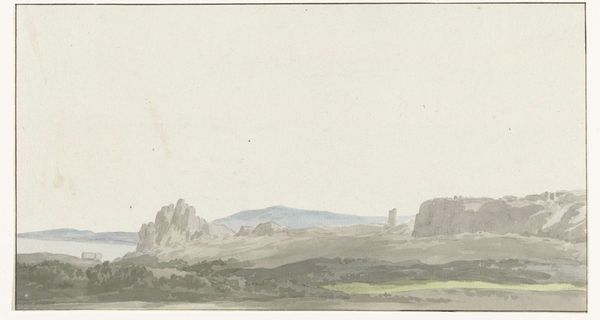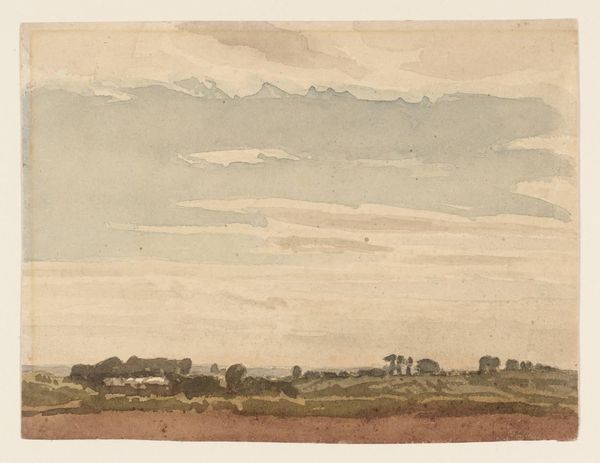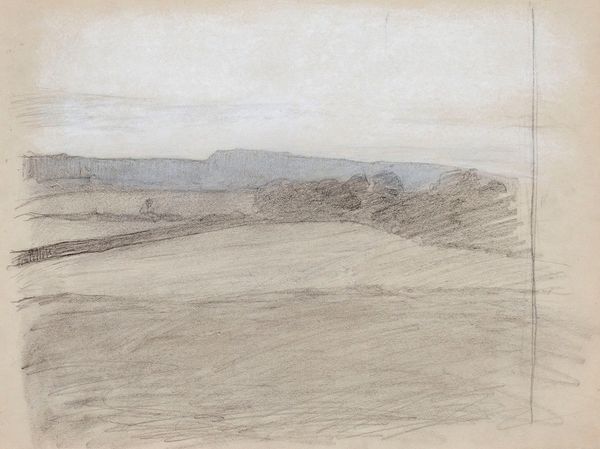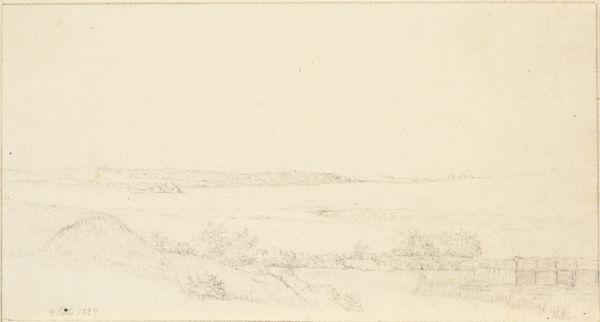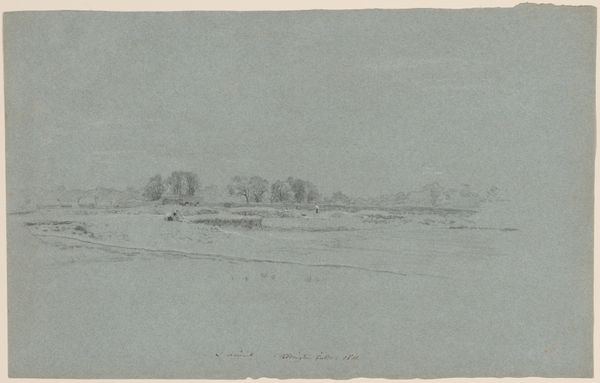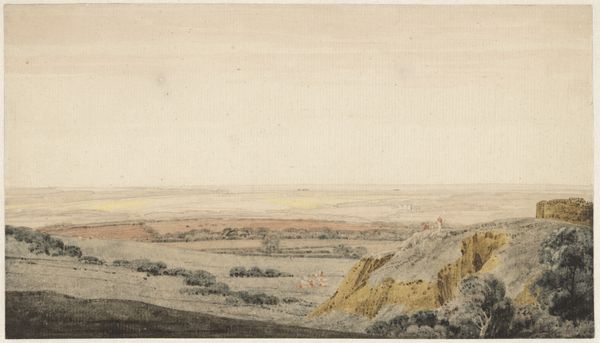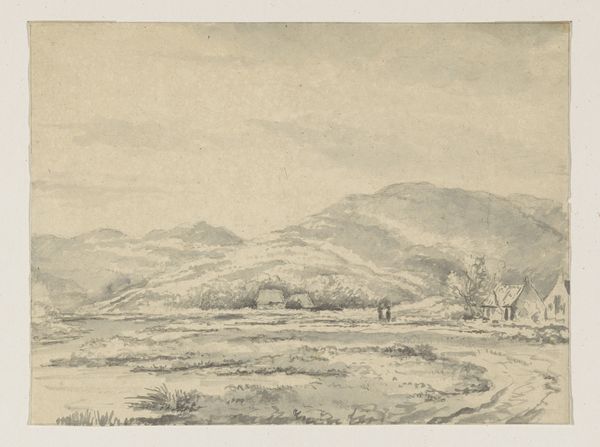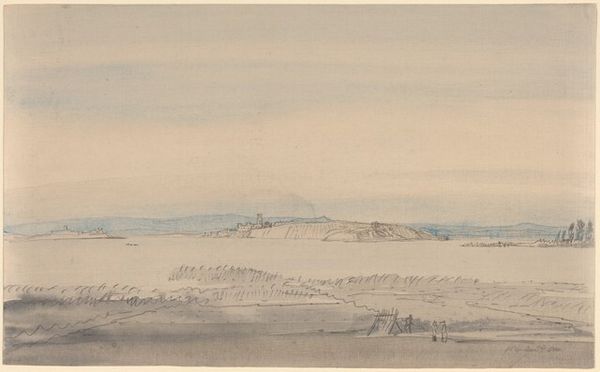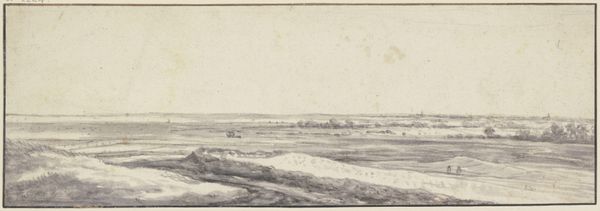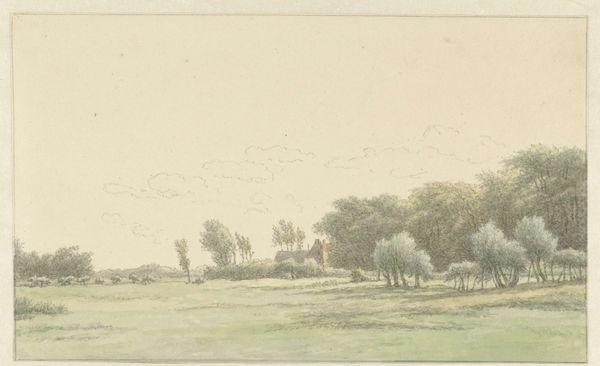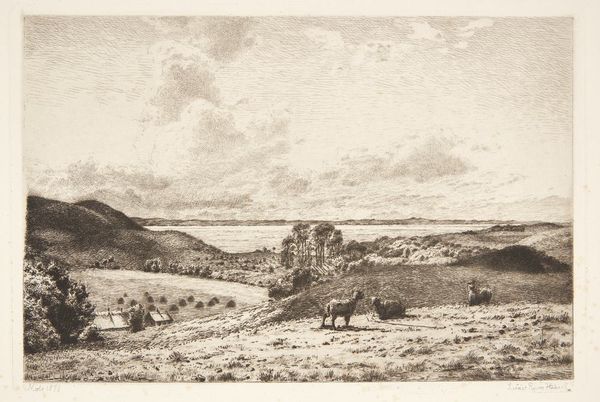
plein-air, architecture
#
neoclacissism
#
plein-air
#
landscape
#
watercolor
#
architecture
Dimensions: height 290 mm, width 430 mm
Copyright: Rijks Museum: Open Domain
Abraham Teerlink made this watercolor of the Aqua Claudia aqueduct, now in the Rijksmuseum. The image presents a sweeping view of the Roman countryside, dominated by the remains of the ancient aqueduct. This work speaks to the enduring fascination with classical antiquity during the late 18th and early 19th centuries. The aqueduct itself, a symbol of Roman engineering prowess, looms large, cutting across the landscape. Teerlink’s choice of subject reflects a broader cultural interest in the past, one that was fueled by archaeological discoveries and the Grand Tour. For Northern European artists such as Teerlink, Italy was the artistic center of the world. It offered the opportunity to study classical art and architecture firsthand. Examining Teerlink's painting through a social historical lens helps us understand how the past was viewed and interpreted in his time. By consulting period travel guides, architectural studies, and other primary sources, we gain insight into the cultural values and historical consciousness that shaped this image. Ultimately, the meaning of art is contingent on its social and institutional context.
Comments
No comments
Be the first to comment and join the conversation on the ultimate creative platform.
